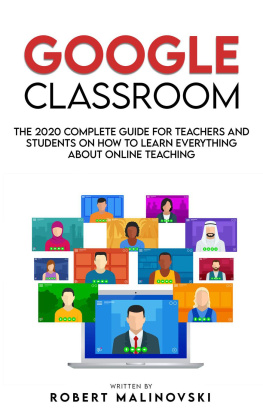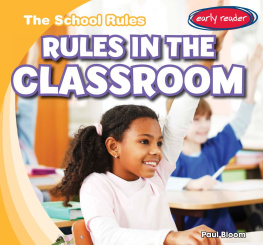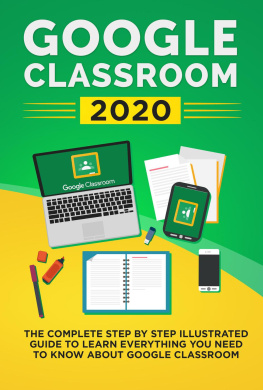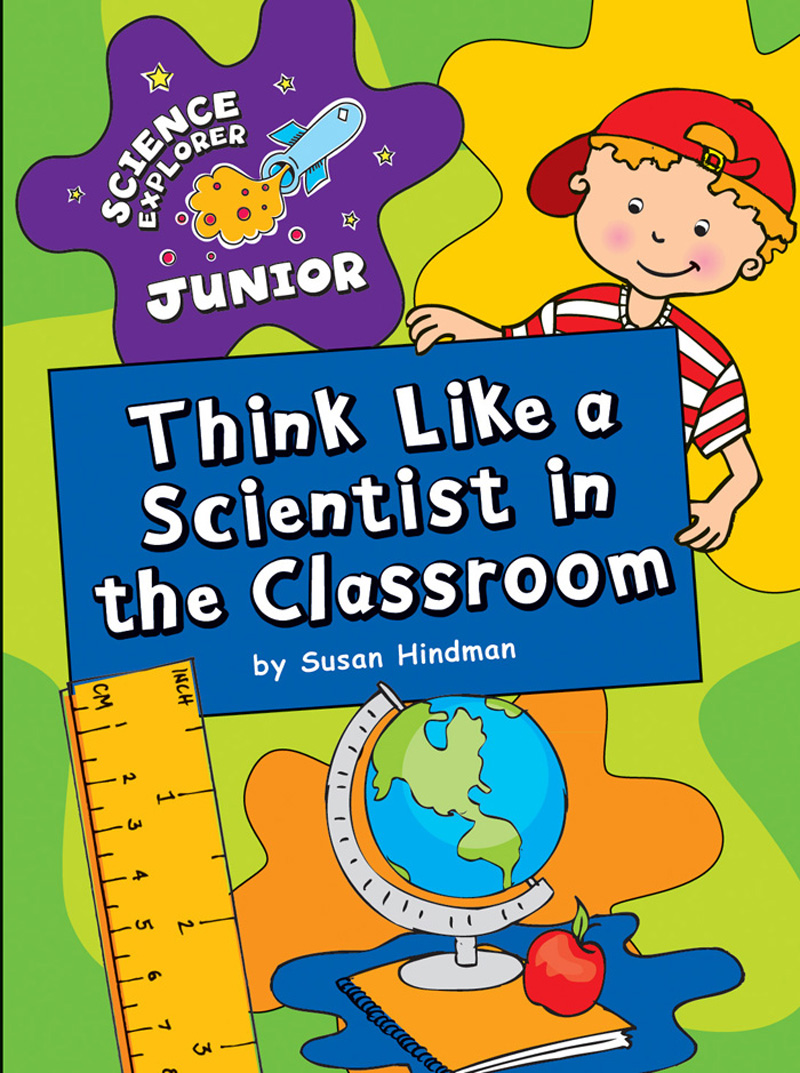

Published in the United States of America by Cherry Lake Publishing
Ann Arbor, Michigan
www.cherrylakepublishing.com
Content Editor: Robert Wolffe, EdD, Professor of Teacher Education, Bradley University, Peoria, Illinois
Design and Illustration: The Design Lab
Photo Credits: Page 8, George Muresan/Shutterstock, Inc.; page 10, Suzanne Tucker/Shutterstock, Inc.; page 12, Andrey Armyagov/ Shutterstock, Inc.; page 13, Jozef Sedmak/Shutterstock, Inc.; page 16, Rob Marmion/Shutterstock, Inc.; page 18, NASA; page 23, naka Dharmasena/Shutterstock, Inc.; page 26, Ellen Isaacs/ Alamy; page 27, Darrin Henry/Shutterstock, Inc.; page 28, Benis ArapovicShutterstock, Inc.
Copyright 2012 by Cherry Lake Publishing
All rights reserved. No part of this book may be reproduced or utilized in any form or by any means without written permission from the publisher.
Library of Congress Cataloging-in-Publication Data
Hindman, Susan.
Think like a scientist in the classroom/by Susan Hindman.
p. cm(Science explorer junior)
Includes bibliographical references and index.
ISBN-13: 978-1-61080-170-6 (lib. bdg.)
ISBN-10: 1-61080-170-9 (lib. bdg.)
1. ScienceMethodologyJuvenile literature. 2. ScienceExperiments-Juvenile literature. 3. Classroom EnvironmentJuvenile literature. I. Title. II. Series.
Q175.2.H56 2011
507.8dc22 2011003704
Cherry Lake Publishing would like to acknowledge the work of The Partnership for 21st Century Skills. Please visit www.21stcenturyskills.org for more information.
Printed in the United States of America
Corporate Graphics Inc.
July 2011
CLFA09
TABLE OF CONTENTS
Observe!

Look around your classroom. Numbers, vocabulary words, and ideas are taped up on the walls. So are colorful pictures, maps, and posters. Maybe you see pictures of outer space, wild animals, and scenes from other countries.
Watch and listen to whats going on around you. Maybe you notice that half of the kids in your class are wearing blue shirts today. Maybe you hear that a fire truck driving by fast gets louder and then softer. You might hear someones pencil land on the floor before the papers that fall with it. Maybe you realize that the sunlight coming through the window only shines on you at certain times of day. Does any of this make you curious to learn more? Its fun to dig deeper to find answers!.

STEP-BY-STEP
You can get your own answers by thinking like a. scientist. Go step by step. You may have to repeat .some steps as you go.
1. Observe what is going on.
2. Ask a question.
3. Guess the answer. This is called a hypothesis .
4. Design an experiment to test your idea.
5. Gather materials to test your idea
6. Write down what happens.
7. Make a conclusion .

Use words and numbers to write down what youve learned. Its okay if the experiment doesnt work. Try changing something, and then do the experiment again.

GET THE FACTS

Scientists look for information before they start an experiment. They use this information as a place to start.
Where can you find information? A library is . filled with books, magazines, and science videos.
You can find a lot of information in them. You can also talk to a librarian or a teacher. You can visit museums, too.
You can also find facts on the Internet. Be careful! Not everything on the Internet is the truth. Ask an adult to help you find the best places to look for information.

See It?

To get your work done in class, you have to focus on your paper. But sometimes thats hard. There are a lot of distractions. And theyre not always in front of you. You might be looking at your paper, but you can see things out of the corner of your eye. On your right, a boy leaned forward at his desk. On your left, a bright spot from a poster sneaks into view. How is all of this possible? Just how far to the side can you see when you look straight ahead?

DO THE RESEARCH
Your peripheral vision is at work when you see things that are not right in front of you. Its good at picking up motion. But its not so good at picking up details like color and shape. Cells called cones catch light in the eye and help you see those details. The center of the eye is packed with cones. Thats why color, shape, and motion appear clearly when you look straight at them. Cells called rods also help us see. They pick up black and white. There are more rods along the edges of your eye. That is why rods are very important to peripheral vision.

Famous painter Leonardo da Vinci studied vision. He wrote about how the eyes work together to gather information. He studied light, reflections, and shadows. He was the first person to notice that clear vision happens in only one place, called the line of sight. Peripheral vision is different than that. It is not clear vision. But you can still see things.

DO AN EXPERIMENT

Look straight ahead the entire time you do this. Hold your right arm out to the side and point your index finger up. You should not be able to see your finger. Now slowly move your right arm forward, keeping your finger pointed up. Keep looking straight ahead. Can you see your finger start to come into view? Write down your results. Try this experiment again when it is darker or lighter in the room. Compare your results. Can you think of other experiments you can do to learn more about your peripheral vision?



















